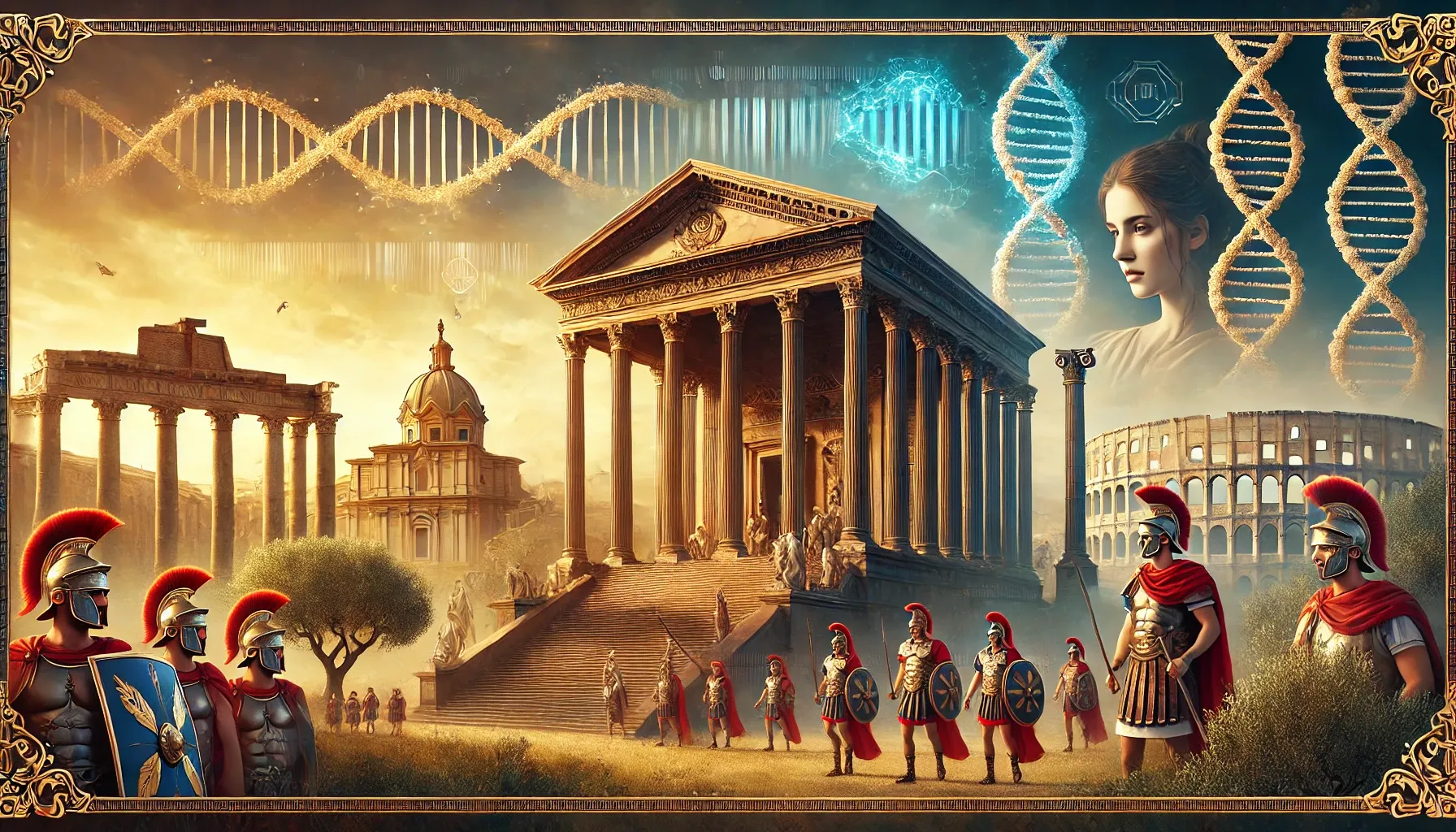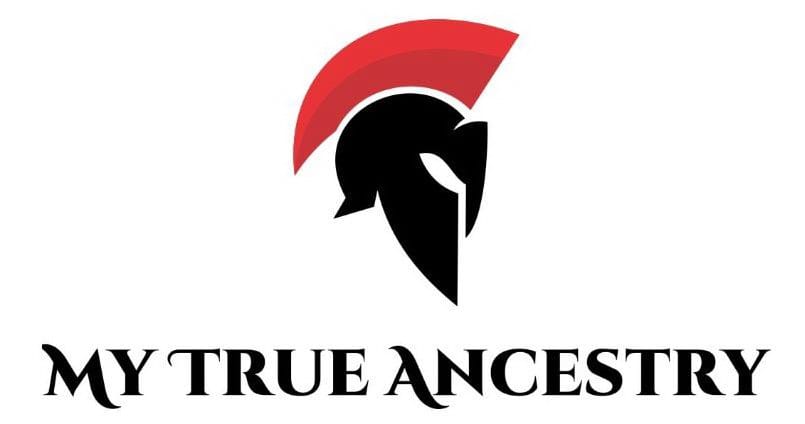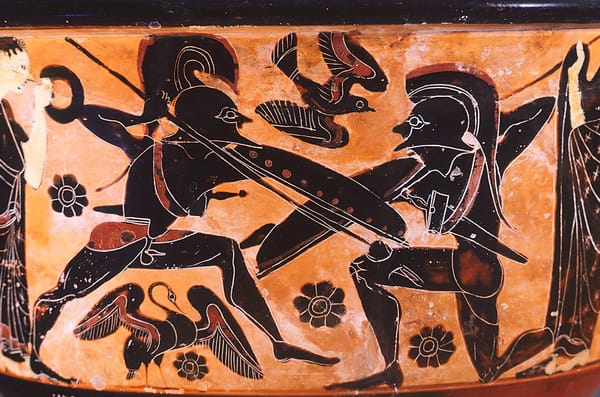https://www.pnas.org/doi/10.1073/pnas.2205272119
Ancient DNA: Unveiling the Genetic Diversity of a Classical Greek Army
Introduction
In a fascinating journey deep into the Mediterranean past, scientists have uncovered the tangled webs of ancestry that formed a Classical Greek army. At the heart of this story is the Greek colony of Himera in Sicily, a hotspot of cross-cultural interaction and military engagement. The genomic tapestry revealed through ancient DNA studies has brought new light to the dynamics of Classical warfare and its role in human mobility.
The Historical Backdrop of Himera
Himera, founded circa 648 BCE by Ionian and Dorian Greeks, was strategically poised on Sicily's northern coast. This bustling colony was not merely Greek but a melting pot where Greeks lived alongside indigenous Sicilians, Punic people, and Etruscans. It formed the westernmost Greek settlement in northern Sicily, positioned near other indigenous settlements.
Historical accounts narrate two pivotal battles at Himera:
- 480 BCE: Resulted in a Greek victory, largely due to allied reinforcements
- 409 BCE: Led to the colony's destruction by Carthaginian forces
These military engagements were immortalized by ancient authors like Diodorus Siculus and Xenophon.
Archaeological Discoveries
Archaeologists have unearthed mass graves in Himera's West necropolis believed to contain the fallen soldiers from these legendary battles against Carthage. The study analyzed remains of 54 individuals from Himera and nearby settlements.
The Genetic Evidence
Recent DNA analysis of individuals from these mass graves provided remarkable revelations:
- Soldiers of the 480 BCE battle didn't simply come from local communities
- They hailed from regions as far as northern Europe, the Caucasus, and the Eurasian Steppe
- These areas were not typically associated with historical accounts of Greek armies
- The genetic diversity was much more pronounced in the 480 BCE battle compared to the 409 BCE battle
Isotopic Analysis
Strontium and oxygen isotope analyses further corroborated these soldiers' diverse origins:
- Many warriors were non-local, first-generation migrants
- Their journeys to the Mediterranean were likely driven by the prospects of conflict
- This evidence supports the idea that warfare, alongside trade and colonization, was a significant factor in ancient human movement
The Overlooked Role of Mercenaries
Ancient historians often downplayed the role of mercenaries, yet the genetic evidence tells a different story:
- Classical texts primarily celebrate self-funded citizen-soldiers or hoplites
- The diverse genetic profiles highlight the underappreciated but significant part mercenaries played
- This discovery challenges the traditional view of ancient Greek soldiers as homogeneous groups
- It reveals a broader geographical spectrum of origins than previously recognized
Burial Practices and Identity
The mass graves paint vivid pictures of cultural diversity and social stratification:
- Some graves showed signs of hasty, chaotic interment
- Others contained individuals buried with grave goods, suggesting prestige or higher status
- Those of Aegean ancestry appear to have received more prestigious burial treatments
- The presence of Etruscan and Punic influences alongside local Greek-style burials underscores the city's richly interwoven cultural fabric
The Tale of Two Battles
Remarkably, while the 480 BCE forces were bolstered by genetic and cultural diversity, the army of 409 BCE was less so:
- This finding is consistent with historical accounts of dwindling external support in the later battle
- The dichotomy between the two battles provides a compelling narrative of shifting allegiances
- It illustrates the strategic role of diverse alliances in Greek military history
A New Understanding of the Classical World
This interdisciplinary study uniquely combines genetic, isotopic, archaeological, and historical data to reveal human mobility across the classical world:
- The genetic lineage extracted from these ancient remains reflects a rich tapestry of intermarriage and cultural exchange
- It illustrates how identity in the ancient world was crafted through both ancestry and material culture
- The diverse origins of these soldiers silently narrate tales of cultures converging at the edge of the ancient world
- This research prompts a rethinking of how classical conflicts shaped human movement and genetic diversity
Through the lens of archaeological research and advanced DNA analysis, the lives of those who thrived, fought, and perished in these enigmatic environments come to life, illustrating the rich tapestry of cultural and genetic interactions that shaped the classical world as we understand it today.





Comments